I try to stop by Robert Irwin’s Central Garden at the Getty Center whenever I’m nearby. This early august day was bright but cool, a perfect day for a stroll through the garden to see what new things I’d find.
If you’ve never been to the garden, it divides into two large parts: a central bowl holding a maze of two colors of clipped azaleas and its surrounding plantings, and, above it, a straight watercourse that is shaded all along its length by London plane trees, a cousin of the American sycamore.
This trip I was concentrating on how the idea of light and shadow, dark and light played out in the overall design and plantings.
To experience the upper watercourse, you follow a path that zigzags back and forth. It takes you in and out of the shade and shelter of the trees, letting you experience the bright Los Angeles sunlight and how it contrasts with the dappled light the trees provide in the spring, summer and fall.

The watercourse, the sheltered core of this top garden, changes from a noisy stream with large stones in its path at the top, to a waterway that glides quietly over a textured streambed down below.
The effect of the dappled sunlight is repeated in the plantings. Dark, almost black-leaved, plants alternate with light-colored ones. In this photo it’s almost hard to distinguish the alternating light and shadow of the trees above from the dappled plantings below. It’s a little confusing, a tad disorienting. And if you’re fascinated with the effects of light and shadow as I am, you might find it a quietly thrilling experience.
Even this little detail, a planting of succulents, plays with contrasts, light and dark. It’s a little corner that would look great in a home garden, and here it further helps to reinforce the vibrations of light and dark in the upper garden.
When I first saw the garden I thought the plantings were a little chaotic. All this light and dark, all this continual contrasting of colors and plant shapes seemed restless. Small doses would look great as perky little container plantings, but it seemed way too much of a good thing. It seemed like a little English cottage garden doped up on steroids.
But I’ve been changing my mind. All this craziness reinforces the intense vibration of contrasts that you experience walking the zigzag path.
Once you make your way out of the upper portion of the garden you’re set free into the relative calm of the lower bowl. There’s no more zigzagging in and out of the shade, there’s no more quick shifting from light to dark. Still, the sunken design of the lower garden ensures that one of the sides will experience shade during most of the day. And the plantings down here, still alternating dark and light, tell you that you’re still in the same garden.
Yes, each trip here I see something new. But I also realize that making this kind of garden happen is such an extreme commitment of resources and labor.
I haven’t quite figured out a way to photograph the capital outlay it takes to keep this garden looking great. But I’d like to end this post with a tribute to the heroes, those dedicated gardeners who make this place a garden worth visiting several times a year.
Thanks, guys!






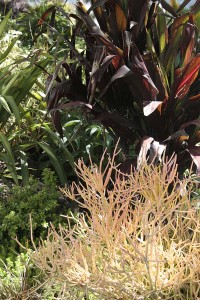
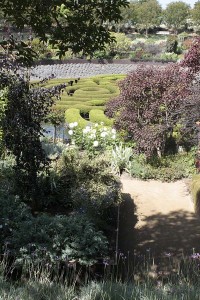

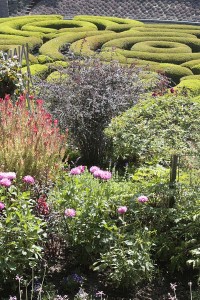



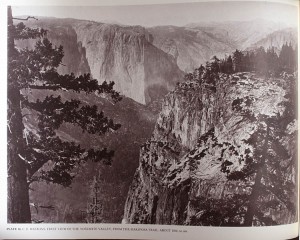

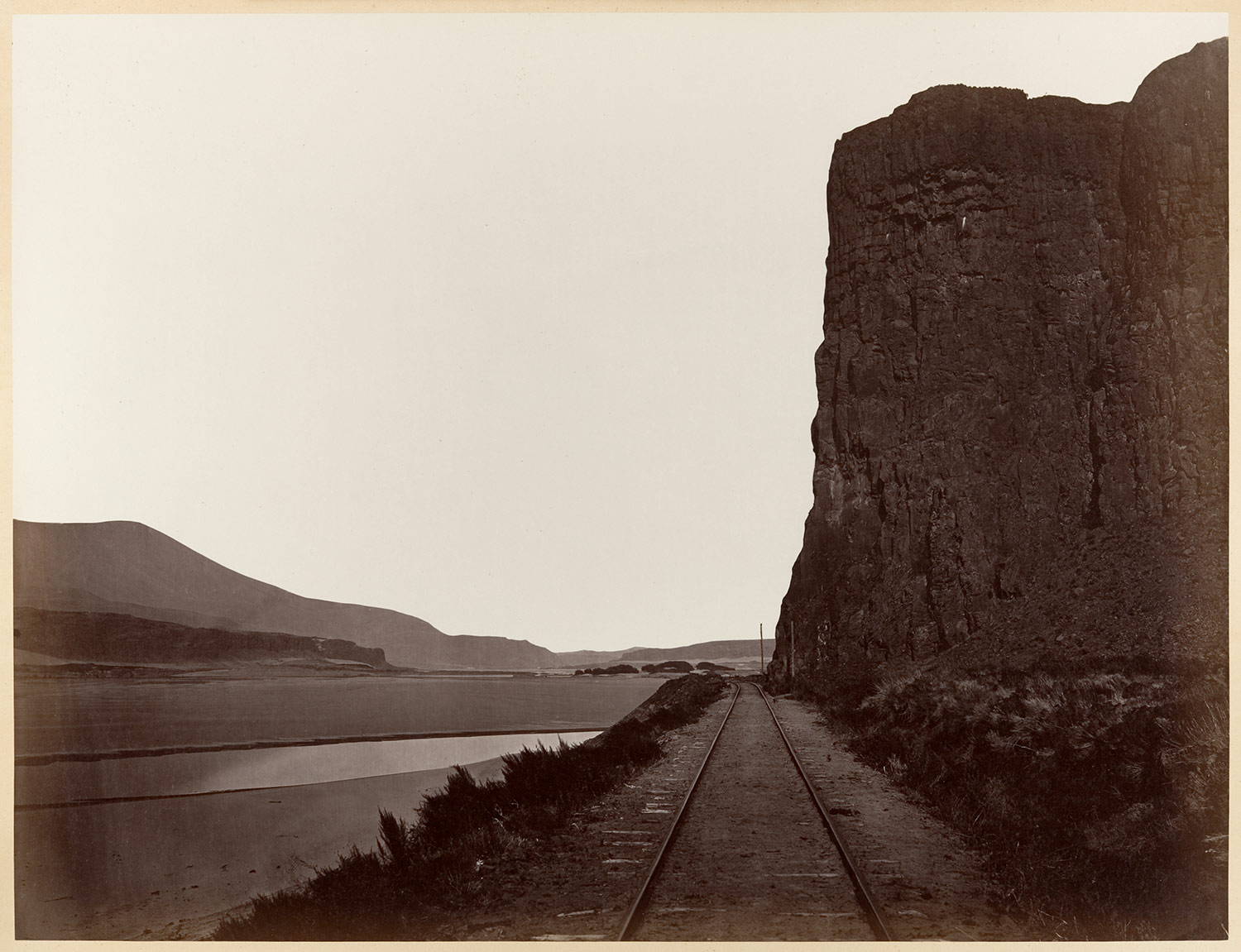

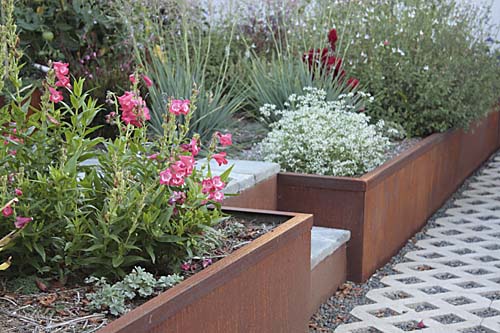
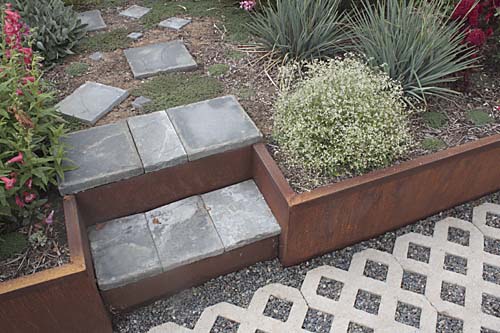
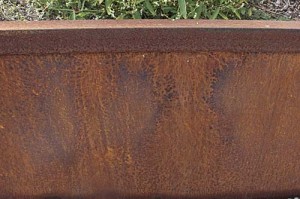

large/05baretrees.gif)
large/13espalier.jpg)
%20large/03gettycactus.jpg)